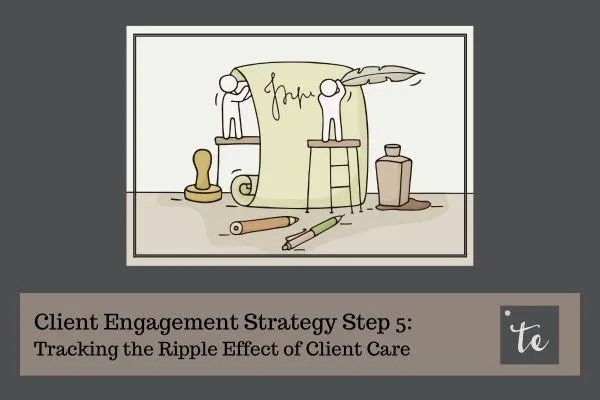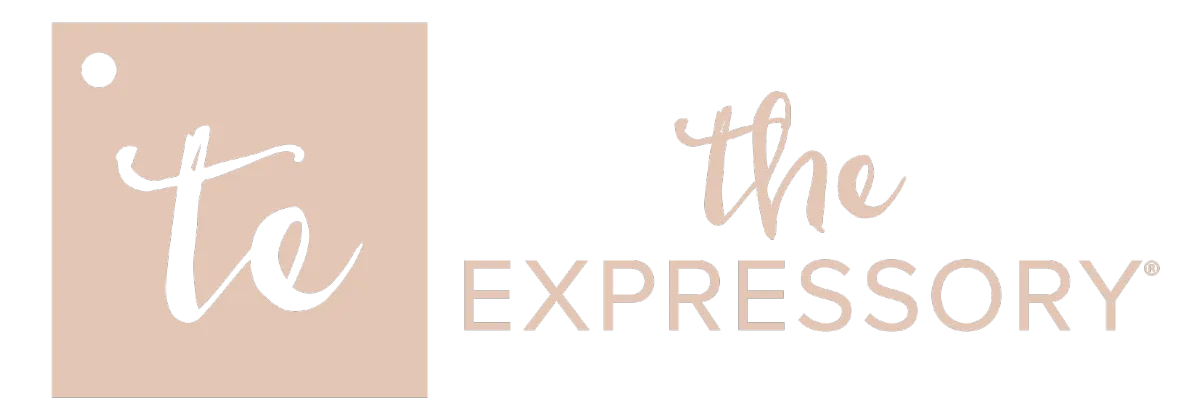

What Swimming Teaches Us About Team Relationships
In my latest video, I break down how swimming teaches us the importance of these relationship-building efforts and the specifics of what we as leaders need to nurture with our teams.
Holiday Gift Insights - What Everyone Else Is Doing
In an effort to simplify the decision-making process, we're sharing some of the trends we've seen with gifting over the years. We're even sharing our best seller and why that gift had such success.
What Makes A Successful Holiday Gift? The Travel Bag Edition
Last year we had the opportunity to work with one of our clients in the travel and tourism space to design an experience that delivered their highest engagement yet.

Tracking the Ripple Effect of Client Care
By now, you’ve built your segmented list of high-value clients and developed personalized engagement themes. You’ve brainstormed creative touchpoints for those themes that show clients you care. But a strategy isn’t complete until it’s in motion and measured.
Tracking your client engagement strategy isn’t just about proving ROI (though you will). It’s about making your efforts more intentional, repeatable, and effective. This level of strategic engagement transforms existing clients into long-term revenue, referral sources, and loyal brand advocates.
And here’s the good news: According to our research, 91% of companies who measure their direct engagement strategy say it delivers ROI. Let’s make sure you’re one of them.
Executing Your Dream 25 Strategy for Clients
With your client list and touchpoint ideas ready, it’s time to map out the execution. As we outlined in Part 4, your cadence should be one touchpoint at least every quarter for clients.
Some teams prefer to plan all four touchpoints for the year at once. Others start with the first couple and adjust as they go. Either way works as long as you document the plan.
Start with these three tips:
Select two touchpoints based on your client engagement themes.
Consider seasonal timing or upcoming client events to make them timely.
Choose ideas that are easiest to execute first. Momentum matters.
Example planning format:

Planning ahead not only keeps you organized it allows your team to execute consistently without losing momentum. As you move forward, revisit your plan based on the engagement you see. Touchpoints should evolve based on what resonates.
What to Measure (And Why It Matters)
The biggest misconception with strategic client engagement is thinking the only success metric is revenue. Don’t fall into that trap.
In truth, the first signs of success come from increased engagement because engagement precedes opportunity.
And opportunity is broader than just revenue.
At The Expressory, we use a detailed spreadsheet to track both engagement and outcomes. Here’s how you can do the same:
Engagement Metrics:
Social Media Mentions
Emails
Texts
Calls
Other Responses (in-person comments, webinar shout-outs, etc.)
Add these responses per touchpoint. Then divide by the number of clients in your program to get your engagement rate.
Outcome Metrics:
Appointments Scheduled
Opportunities Discussed
Estimated Value of Opportunities
Speaking or Podcast Invitations
Referrals Received
Track these after each touchpoint. Keep it all in one place to easily spot trends. You’re collecting it so you can keep refining your strategy.
If a certain kind of touchpoint sparked a wave of replies or a big opportunity? Do more of that. If something landed with a thud? Adjust. Your strategy should evolve with each insight.
Make it a team effort. Ask everyone to log when a client mentions or responds to a touchpoint. Multiple mentions from the same client count multiple times. One well-timed gesture can create a cascade of conversation and connection.
Recent data backs this up:
76% of clients feel more appreciated when receiving a thoughtful gift from a current vendor.
69% say it makes them more likely to continue working with that vendor.
70% would recommend a vendor that expresses care through gifting.
Every touchpoint is a chance to drive loyalty and long-term value.
Final Thought: Track What You Want to Grow
The client engagement strategy is simple in concept, but powerful in practice. It requires planning, creativity, and consistency. But when you show your top clients that they matter, and you track the impact, you set your business up for retention, referrals, and relationship-driven growth.
As one client recently shared, their first personalized touchpoint sparked conversation about an opportunity to collaborate.
You never know what a touchpoint will remind your clients to share with you.
So, track your progress. Celebrate the wins. Adjust where needed. And remember when you care with intention, your clients notice.
Five Questions to Reflect On
As you dive into tracking your client engagement, these five questions will help you stay focused and fine-tune your approach over time:
Are we prioritizing relationship or just checking boxes?
It’s easy to fall into the trap of “send gift, move on.” But true engagement is about meaningful relationships. Review your touchpoints. Are they personalized and thoughtful, or could they feel generic?What’s resonating most with our clients?
Look at your engagement metrics. Are there certain types of gifts, messages, or timing that spark more responses? That’s gold. Lean into it.Where are we seeing the ripple effect?
Pay attention to those follow-on effects. Did a simple note lead to a meeting? Did a book get shared online? Track the aftershocks. They show you what’s working.Are we involving the whole team in tracking responses?
Your account managers, salespeople, and even client service reps are likely hearing feedback. Make sure everyone knows what to look for and has an easy way to share it.How often are we adjusting our strategy based on what we learn?
Your plan should evolve. Set regular check-ins to review results and make changes. The more you refine, the more powerful your engagement becomes.
Need help building your tracking system, or ideas for touchpoints that spark engagement? Join one of our monthly Q&A sessions or schedule a one-on-one conversation. We’re here to help you build deeper, more profitable client relationships.
Continue The Client Strategic Engagement Series here:
Step 1 - More Loyalty, Less Hustle
Step 2: The Research Step That Builds Client Loyalty
Address:
1500 S. Sylvania Ave #106
Sturtevant WI 53177
Phone:
414.243.8971
